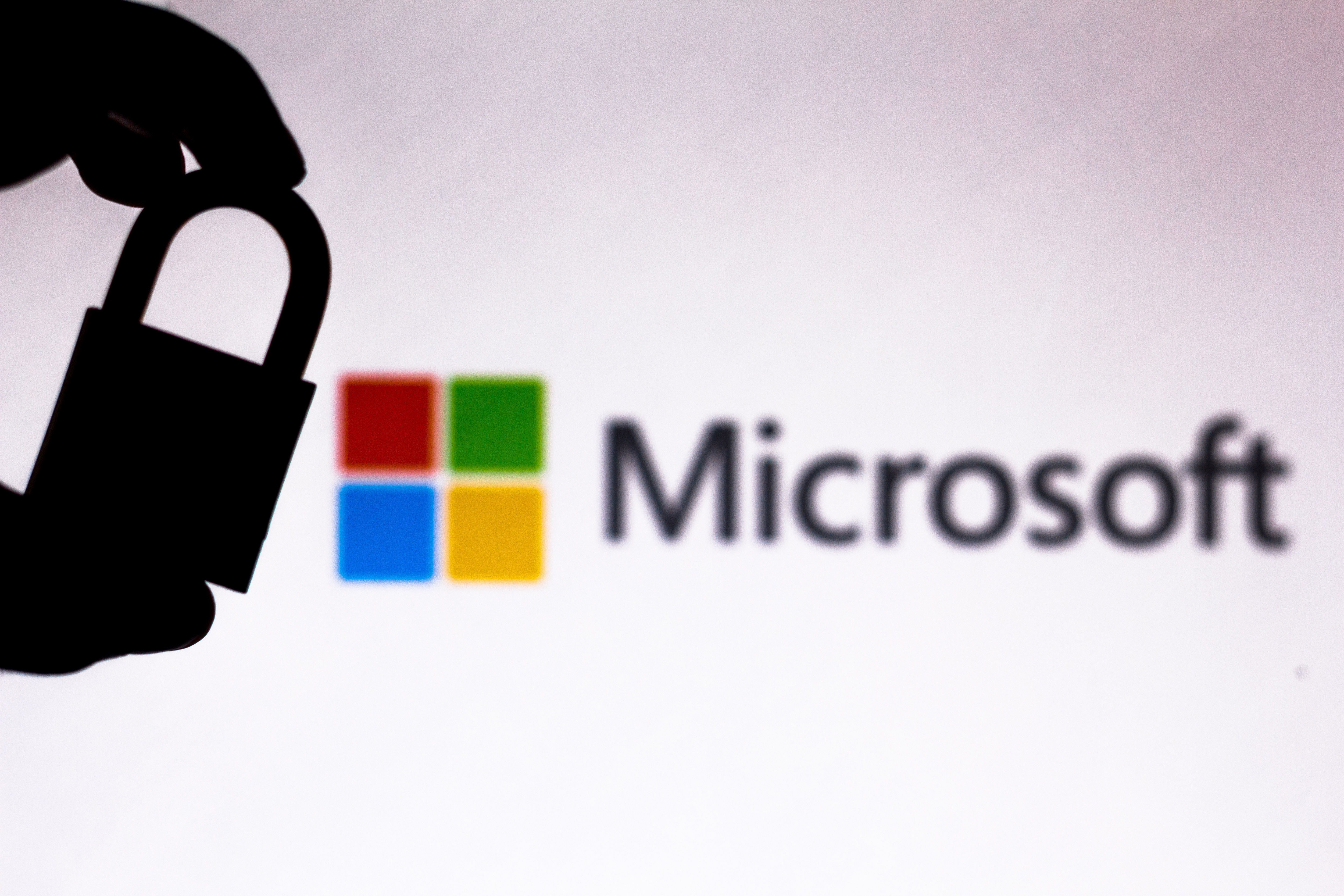Hackers used MSHTML exploit a week before patches were ready
New report finds cyber criminals automating exploit creation to help less capable hackers


Hackers are moving faster than organizations can keep up with the misuse of zero-day exploits, according to a new report.
In HP Wolf Security’s latest “Quarterly Threat Insights Report,” researchers said advanced cyber criminals were exploiting the new CVE-2021-40444 remote code execution zero-day a week before the patch was issued on September 14.
CVE-2021-40444 is a remote code execution vulnerability that enables the exploitation of the MSHTML browser engine using Microsoft Office documents.
Security researchers said that three days after the initial threat bulletin, the HP threat research team saw scripts designed to automate the creation of this exploit being shared on GitHub.
“Unless patched, the exploit enables attackers to compromise endpoints with very little user interaction. It uses a malicious archive file, which deploys malware via an Office document,” said researchers.
They added that users don’t have to open the file or enable macros. Just viewing it in File Explorer’s preview pane is enough to initiate the attack, which a user often will not know has happened. Once a device is compromised, attackers can install backdoors to systems to sell to ransomware groups.
The report also uncovered other findings. The researchers found that 12% of email malware isolated had bypassed at least one gateway scanner. They also found that 89% of malware detected was delivered via email, while web downloads were responsible for 11%, and other vectors, like removable storage devices, were responsible for less than 1%.
Get the ITPro daily newsletter
Sign up today and you will receive a free copy of our Future Focus 2025 report - the leading guidance on AI, cybersecurity and other IT challenges as per 700+ senior executives
The most common attachments used to deliver malware were archive files at 38%, up from 17.26% last quarter. Following that were Word documents (23%), spreadsheets (17%), and executable files (16%).
The report also found that the top five most common phishing lures were related to business transactions, such as “order,” “payment,” “new,” “quotation,” and “request.”
Alex Holland, the senior malware analyst with the HP Wolf Security threat research team, said the average time for a business to apply, test, and fully deploy patches with the proper checks is 97 days. This allows cyber criminals to exploit this “window of vulnerability.”
"While only highly capable hackers could exploit this vulnerability at first, automated scripts have lowered the bar for entry, making this type of attack accessible to less knowledgeable and resourced threat actors. This increases the risk to businesses substantially, as zero-day exploits are commoditized and made available to the mass market in venues like underground forums," he added.
“Such novel exploits tend to be effective at evading detection tools because signatures may be imperfect and become obsolete quickly as the understanding of the scope of an exploit changes. We expect threat actors to adopt CVE-2021-40444 as part of their arsenals, and potentially even replace common exploits used to gain initial access to systems today, such as those exploiting Equation Editor.”
Rene Millman is a freelance writer and broadcaster who covers cybersecurity, AI, IoT, and the cloud. He also works as a contributing analyst at GigaOm and has previously worked as an analyst for Gartner covering the infrastructure market. He has made numerous television appearances to give his views and expertise on technology trends and companies that affect and shape our lives. You can follow Rene Millman on Twitter.
-
 Should AI PCs be part of your next hardware refresh?
Should AI PCs be part of your next hardware refresh?AI PCs are fast becoming a business staple and a surefire way to future-proof your business
By Bobby Hellard Published
-
 Westcon-Comstor and Vectra AI launch brace of new channel initiatives
Westcon-Comstor and Vectra AI launch brace of new channel initiativesNews Westcon-Comstor and Vectra AI have announced the launch of two new channel growth initiatives focused on the managed security service provider (MSSP) space and AWS Marketplace.
By Daniel Todd Published
-
 The threat prevention buyer's guide
The threat prevention buyer's guideWhitepaper Find the best advanced and file-based threat protection solution for you
By ITPro Published
-
 Supply chain as kill chain
Supply chain as kill chainWhitepaper Security in the era Zero Trust
By ITPro Published
-
 Microsoft under fire for “negligent” security practices in scathing critique by industry exec
Microsoft under fire for “negligent” security practices in scathing critique by industry execNews Microsoft took more than 90 days to issue a partial fix for a critical Azure vulnerability, researchers found
By Ross Kelly Published
-
 Apple patches zero day linked to spyware campaign
Apple patches zero day linked to spyware campaignNews Kaspersky researchers were the first to report a zero day used in a sophisticated attack chain
By Rory Bathgate Published
-
 MOVEit cyber attack: Cl0p sparks speculation that it’s lost control of hack
MOVEit cyber attack: Cl0p sparks speculation that it’s lost control of hackNews The hackers return with their second major data-extortion attack of 2023, but may have bitten off more than they can chew
By Connor Jones Published
-
 Microsoft says it knows who was behind cyber attacks on MOVEit Transfer
Microsoft says it knows who was behind cyber attacks on MOVEit TransferDozens of organizations may have already lost data to hackers exploiting the critical flaw
By Rory Bathgate Published
-
 Trend Micro security predictions for 2023
Trend Micro security predictions for 2023Whitepaper Prioritise cyber security strategies on capabilities rather than costs
By ITPro Published
-
 Windows, macOS, and Tesla exploits debuted at Pwn2Own hacking contest
Windows, macOS, and Tesla exploits debuted at Pwn2Own hacking contestNews Researchers took home more than $375,000 in winnings on the first day of the competition
By Ross Kelly Published